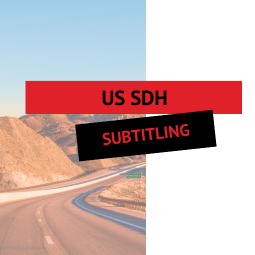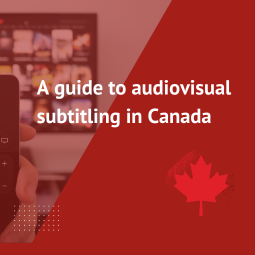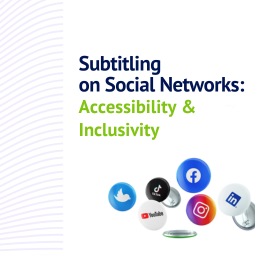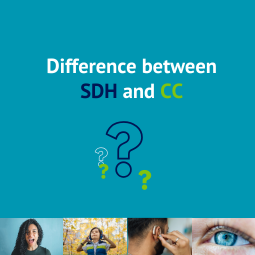IBC 2025 | Meet us in Amsterdam from 12 to15 september 2025
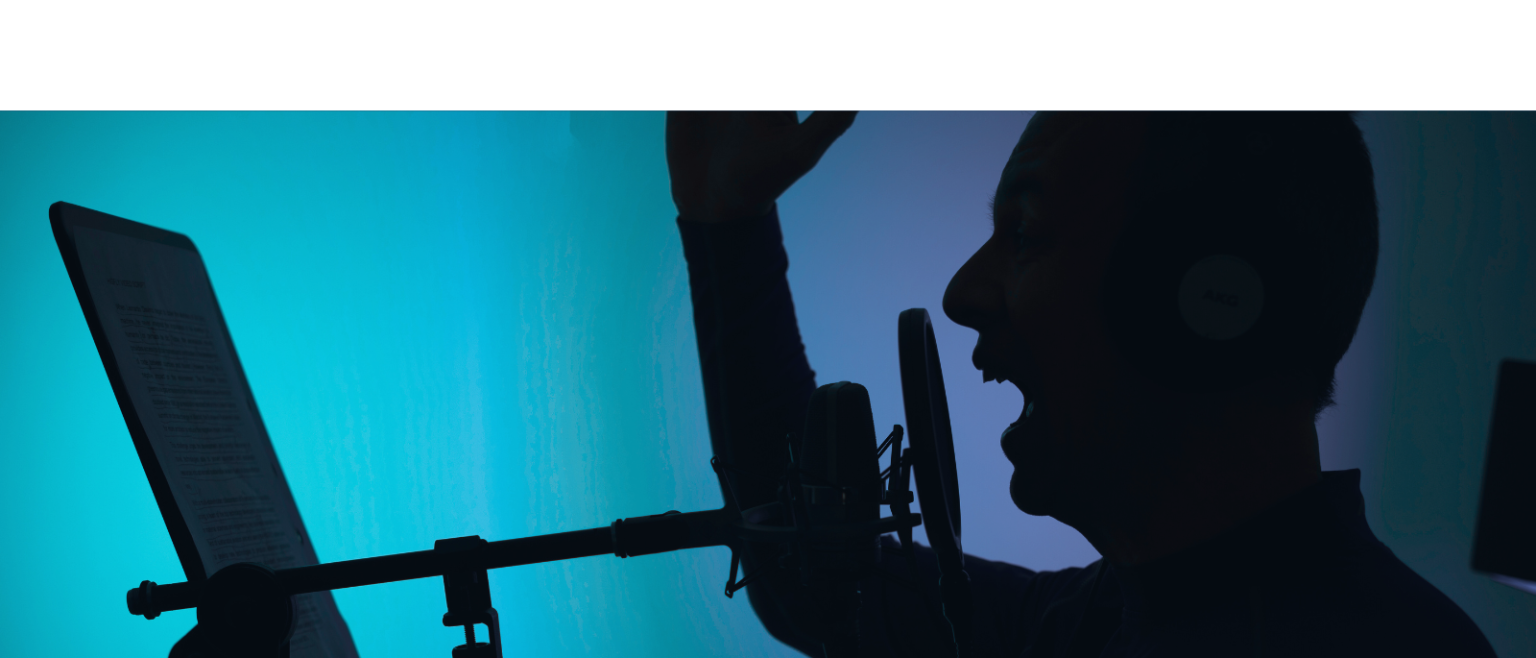
Dubbing, voice-over or subtitling : which solution for your multilingual video?
14 May 2025
12 Mars 2019
LLOREM IPSUM DOLOR SIT AMET, CONSECTETUR
ADIPISICING ELIT SED DO EIUSMOD
With the globalization of content and the diversification of distribution channels (TV, VOD, replay, social networks), audiovisual translation has become a strategic issue for reaching an international audience.
Several solutions exist for making multilingual content accessible, but should you opt for subtitling, voice-over or dubbing?
In this article, we help you make a choice based on your project, your budget, your distribution constraints and your target audience. And if you're looking for a professional solution for multilingual subtitling or SME (Deaf and Hard of Hearing), we'll show you how Videomenthe can help!
Ps: we're talking here about professional solutions from companies and service providers who know their stuff and do it well. Of course, there is such a thing as bad dubbing, rushed voice-overs or subtitles made by subtitling apprentices (we recommend the brilliant Tumblr “Subtitles of shame”, a non-exhaustive list of the enormities found in programs - nonsense, misspellings, etc.). But that's not what this article is about.
1. Dubbing: total vocal immersion
In dubbing, the original voices are completely replaced by voices translated into the target language, with the most meticulous lip-synchronization possible.
This is the most demanding technique, requiring specialized dubbers. In fact, some actors have made this their profession in its own right, and you'll no doubt be familiar with their voices (but perhaps not their names):
Jacques Frantz, French voice of Robert de Niro, Patrick Poivey, French voice of Bruce Willis, Claire Guyot, French voice of Winona Rider and Teri Hatcher, Maïk Darah, French voice of Whoopi Goldberg and Courtney Cox, etc.
Dubbing is a technique that has historically been widely used in Southern Europe, for political, historical and economic reasons (to find out more, read this excellent article by Preply).
Advantages :
- Fully localized experience: dubbers adapt content to the target culture (accents, cultural references, expressions, etc.)
- High-quality, natural results, offering viewers a smooth viewing experience
- Particularly suitable for certain audiences: children, the elderly, people with visual impairments or reading difficulties, for example.
Disadvantages :
- Very costly (script translation, recruitment of professional dubbers in the various target languages and for each character, recording studio, post-production work, etc.)
- Long production times
- Risk of losing the original interpretation
Because of its cost, dubbing is generally reserved for premium content, where quality is the primary criterion. Children's programs are also dubbed.
2. Voice-over: an accessible audio compromise
Voice-over involves superimposing a translated voice over the original, which is often attenuated but still audible. This technique is widely used in news reports, documentaries, reality TV programs and commercials, particularly in Eastern Europe and Russia.
It presupposes a prior translation stage, on which the actor will rely.
Advantages:
- Less expensive than dubbing, as fewer interpreters and less mixing work are required. - Faster production than full dubbing
- More faithful to the original version: the original voice remains perceptible, preserving the speaker's intonation and emotion.
Disadvantages :
- Less immersive and natural than dubbing: translated voices are often more neutral and don't always reproduce the emotional performance of the original actors.
- Detrimental effect on concentration: the absence of lip-sync can be annoying when viewing, as can the fact of having two voices superimposed on top of each other (the choice of voice-over also plays a major role in listening quality).
3. Subtitling: the right compromise between deadlines, accessibility and budget
Subtitling consists of displaying the dialogues of a program translated into text, synchronized with the image. The original soundtrack is retained, so that the program's voices, intonations and ambience are respected.
Advantages:
- Preserves the authenticity of the program, notably with the original voices of the actors and all the emotional nuances.
- Better accessibility for the hearing impaired, with subtitling to SDH standards
- Very affordable cost compared to dubbing or voice-over
- Faster production times
- Aids language learning: subtitling reinforces oral comprehension by familiarizing you with accents, intonations, expressions, etc.
Disadvantages :
- Less immersive for young or non-reading audiences: reading subtitles can distract attention from the image.
- Subtitling requires content adaptation to take account of technical constraints (number of characters, reading time, etc.). Even with high-quality adaptation, there is a risk of losing certain nuances in the original dialogue.
12 Mars 2019
In short, there's a method for every project!
As you can see, the right choice of audiovisual adaptation depends on a number of factors: budget, deadline, target audience, broadcast channel, etc.
DUBBING / VOICE OVER
If dubbing or voice-over is the right choice for your project, call on specialized service providers recognized for their expertise in the field, such as Deluxe, Groupe Transatlantic, Titra Films, Dubbing Brothers.
SUBTITLE
When it comes to subtitling, the fastest, most cost-effective solution for a wide variety of content, Videomenthe supports you, guaranteeing compliance, quality, and seamless integration into your post-production workflows, with:
→ EoleCC, the collaborative web platform that generates your subtitles in multiple languages,
→ the services of specialized subtitlers (multilingual or SDH), who post-edit subtitles in accordance with current standards (national or broadcaster standards).
Quality subtitles, quickly and on budget!
Take a look at our turnkey packages, or contact us!
